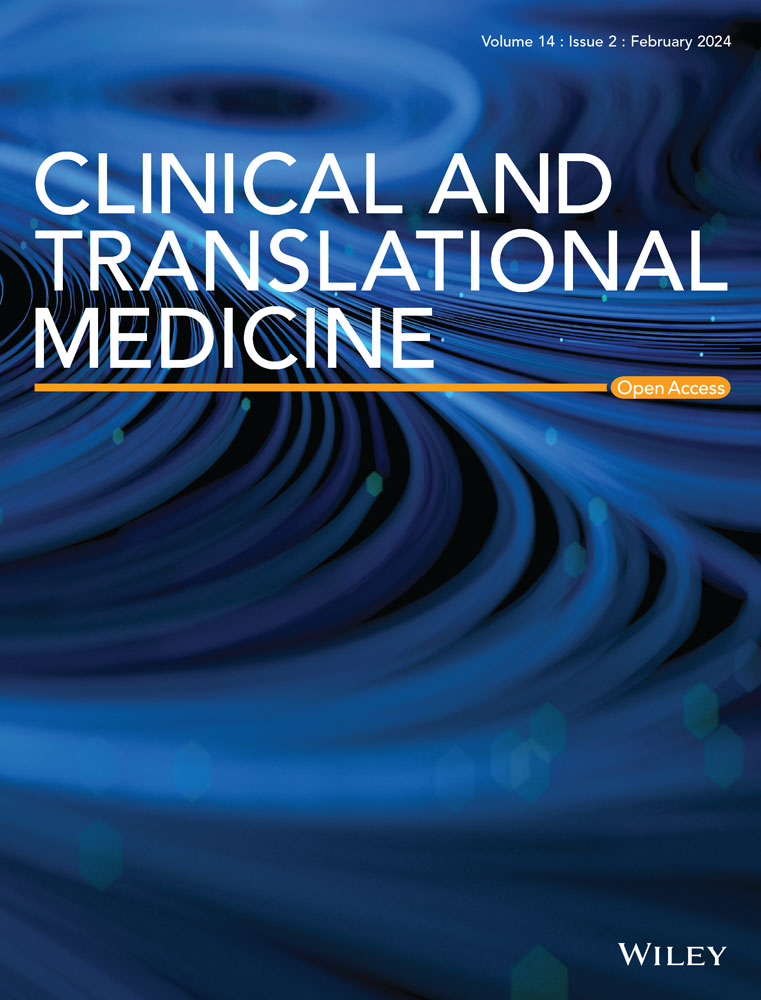Intestinal oxygen utilisation and cellular adaptation during intestinal ischaemia–reperfusion injury
Abstract
The gastrointestinal tract can be deranged by ailments including sepsis, trauma and haemorrhage. Ischaemic injury provokes a common constellation of microscopic and macroscopic changes that, together with the paradoxical exacerbation of cellular dysfunction and death following restoration of blood flow, are collectively known as ischaemia–reperfusion injury (IRI). Although much of the gastrointestinal tract is normally hypoxemic, intestinal IRI results when there is inadequate oxygen availability due to poor supply (pathological hypoxia) or abnormal tissue oxygen use and metabolism (dysoxia). Intestinal oxygen uptake usually remains constant over a wide range of blood flows and pressures, with cellular function being substantively compromised when ischaemia leads to a >50% decline in intestinal oxygen consumption. Restoration of perfusion and oxygenation provokes additional injury, resulting in mucosal damage and disruption of intestinal barrier function. The primary cellular mechanism for sensing hypoxia and for activating a cascade of cellular responses to mitigate the injury is a family of heterodimer proteins called hypoxia-inducible factors (HIFs). The HIF system is connected to numerous biochemical and immunologic pathways induced by IRI and the concentration of those proteins increases during hypoxia and dysoxia. Activation of the HIF system leads to augmented transcription of specific genes in various types of affected cells, but may also augment apoptotic and inflammatory processes, thus aggravating gut injury.
Key points
- During intestinal ischaemia, mitochondrial oxygen uptake is reduced when cellular oxygen partial pressure decreases to below the threshold required to maintain normal oxidative metabolism.
- Upon reperfusion, intestinal hypoxia may persist because microcirculatory flow remains impaired and/or because available oxygen is consumed by enzymes, intestinal cells and neutrophils.


 求助内容:
求助内容: 应助结果提醒方式:
应助结果提醒方式:


